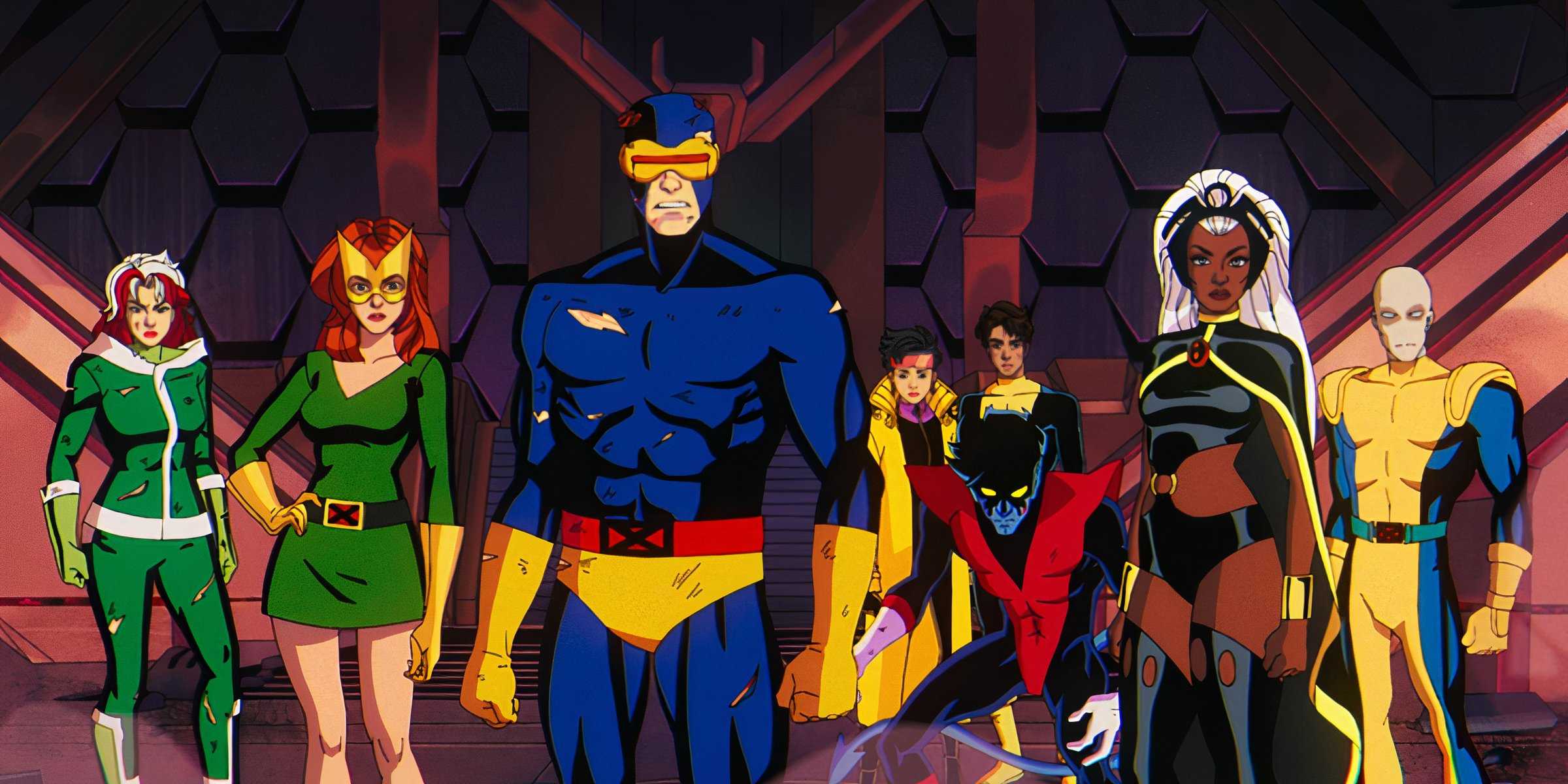Superhero animation has undergone a remarkable evolution over the past decade, reaching levels of creativity and depth once reserved for live-action productions. In this new era, fans are discovering bold narratives, elevated artistry, and groundbreaking techniques. In many ways, this shift mirrors the renewed interest in dynamic digital entertainment such as aviator game, though animation distinguishes itself through storytelling mastery rather than chance-based thrills. As a result, audiences of all ages are embracing animated superhero content with unprecedented enthusiasm.
A Shift Toward Mature and Complex Storytelling
The first major contributor to this new golden age is the transformation of superhero narratives themselves. Gone are the days when animated hero series were limited to simple good-versus-evil plots designed solely for children. Modern superhero animation dives into layered themes such as identity, trauma, politics, loss, and moral ambiguity.
Shows like Invincible, Young Justice, and X-Men ’97 demonstrate that animation can deliver the same emotional intensity as any high-budget blockbuster. Writers are no longer afraid to challenge viewers with difficult questions, and this willingness to push boundaries has broadened the audience far beyond younger demographics.
Another remarkable change lies in the depth of character development. Animated heroes are evolving with long-form storytelling arcs, complex relationships, and realistic personal struggles. This shift resonates strongly with adult viewers who grew up with the genre and now crave narratives reflecting their own maturity.
Innovative Visual Styles and Artistic Freedom
1. Breaking Away from Traditional Aesthetics
One advantage of animation is its limitless artistic freedom. Studios now embrace diverse visual styles rather than conforming to a predictable aesthetic. From the hand-painted comic-panel style of Spider-Man: Into the Spider-Verse to the gritty realism of Arkham-inspired adaptations, each project offers a unique identity.
This experimentation allows creators to craft experiences that would be impossible—or astronomically expensive—in live-action film. Animators can explore alternate dimensions, cosmic landscapes, and exaggerated action sequences without sacrificing quality or coherence.
2. The Influence of Global Animation Cultures
Global influences, particularly from Japanese anime, have further enriched the superhero genre. Many Western studios now incorporate dynamic action choreography, stylized character designs, and emotionally driven storytelling reminiscent of anime classics. This cultural blending has introduced hybrid styles that feel more energetic and expressive than traditional Western animation alone.
At the same time, international superhero shows are gaining recognition. Titles emerging from South Korea, India, and Latin America bring new mythologies, visual motifs, and cultural perspectives that diversify the genre and contribute to its worldwide appeal.
Advances in Technology Empowering Creators
1. Enhanced Animation Tools and Techniques
The evolution of animation software has revolutionized production workflows. Tools for motion capture, 3D rendering, and frame-by-frame refinement now make it feasible to achieve cinematic visual quality on television timelines. This technological leap enables smoother movement, richer textures, and more detailed environments.
Hybrid animation, blending 2D and 3D elements, has also become increasingly popular. This method preserves the expressive charm of hand-drawn designs while incorporating the depth and realism of digital effects.
2. Streaming Platforms Driving Demand
Streaming services have reshaped industry expectations. Instead of catering to broad broadcast networks, creators now develop stories for niche audiences with specific tastes. Platforms like Netflix, Amazon Prime, and Disney+ invest heavily in animated superhero content because they recognize its profitability and long-term fan engagement.
This shift grants writers and animators more creative freedom. Episode lengths are more flexible, content can be darker or more experimental, and entire seasons can be released at once, encouraging binge-worthy storytelling. As demand grows, budgets increase, allowing creators to take risks previously considered unrealistic.
The Cultural Revival of Comic Book Fandom
Superhero fandom has never been stronger. The widespread popularity of comic-book movies has reignited interest in the origins of these characters, and animation is uniquely positioned to explore storylines that may be too fantastical or niche for live-action adaptations.
For longtime fans, animated shows offer faithful recreations of beloved comic arcs—something live-action often struggles to accomplish due to budget or pacing constraints. Meanwhile, new viewers discover accessible entry points into large fictional universes without needing prior knowledge.
The community surrounding superhero animation also thrives on social media, where discussions, theories, and fan art enhance fan engagement. This enthusiasm fuels the production of new projects and encourages studios to invest in even more ambitious ideas.
Conclusion
Superhero animation is flourishing because it has embraced innovation—narratively, artistically, and technologically—while responding to the evolving expectations of its global audience. Complex storytelling, bold visual experimentation, and the freedom of streaming platforms all contribute to a landscape where creativity thrives. As fandom continues to grow and the boundaries of animation expand, this new golden age is poised to influence the future of entertainment for years to come.

Elara is a dynamic writer and blogger who specializes in pop culture and movie reviews. With a background in film studies and journalism, she combines her deep knowledge of the entertainment industry with a sharp, insightful writing style that keeps readers coming back for more.






